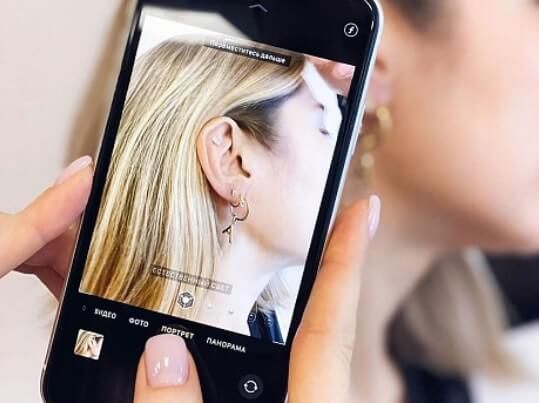Jewellery photography is a great way to show off your pieces, and it's also an excellent way of capturing the detail that can't be seen when viewing them in person. It can also be difficult to do well if you don't know what you're doing - but not anymore! In this post I will share my secrets for jewellery photography with you so that you too can show off your beautiful creations like a pro.
Jewellery photography depends on the type of jewellery you're photographing. The most important thing to consider when preparing your photos is what they will be used for. For example, if a potential customer or blog follower wants to know more about a specific ring design before ordering it online then their needs would be very different from someone browsing through photographs in an e-commerce environment who just want to see how the rings look and feel against human skin.
It's also worth considering whether you are using these images for personal use only (in which case lighting may not matter) or whether they need to appeal as well as possible to make money - in this instance good quality light really matters!
Diamonds are crystals with a cubic crystal system. The diamond's atoms align in an orderly, repeating pattern of tetrahedrons that stack on top of each other to form its shape. Diamonds have eight different faces: four planes and six corners; the only mineral to do this is quartzite.

Poor lighting is one of the most common mistakes when photographing jewellery. There is nothing worse than a photo that looks dark and dull, this can make an item look cheap or outdated even if it's actually well designed.
Reflections on the surface of jewellery can also be a problem which ruins photos. This is because they take away from what your eyes are naturally drawn to - so avoid reflective surfaces such as glass, reflective metal or overly shiny pieces of sterling silver.
If you do need reflections in your shots then it's advisable that you place them off-centre and try not to have too many at once! The best way around this issue completely is by photographing with natural light sources only; either window light or daylight outside, but if neither of these are available then an artificial one will suffice providing it isn't glaringly bright.
One big mistake people make is using the wrong colour in their photos. The most popular way to do this is by photographing with a white balance setting that's too warm, such as daylight instead of tungsten light bulbs or incandescent lights. This will result in your subject looking yellow and washed out, which ruins photos.
This can be avoided when you shoot indoors though because it's possible to use a filter on your camera lens so the colours are adjusted accordingly whilst still having natural-looking indoor lighting!
Another common way to ruin your jewellery photos is by not ensuring that they have a consistent image size.
Images should be cropped in such a way that every piece of the jewelry you are photographing has an equal amount of frame around it, or there is no empty space at either end. This means avoiding zooming all the way into an area and then cropping out the rest! It's also important to remember when shooting close up shots (macro) like this that keeping objects as symmetrical as possible will ensure both sides look good. If using different sizes for one side over another isn't desirable, try rotating them on their axes instead so each edge lines up with its corresponding object from behind - voila!